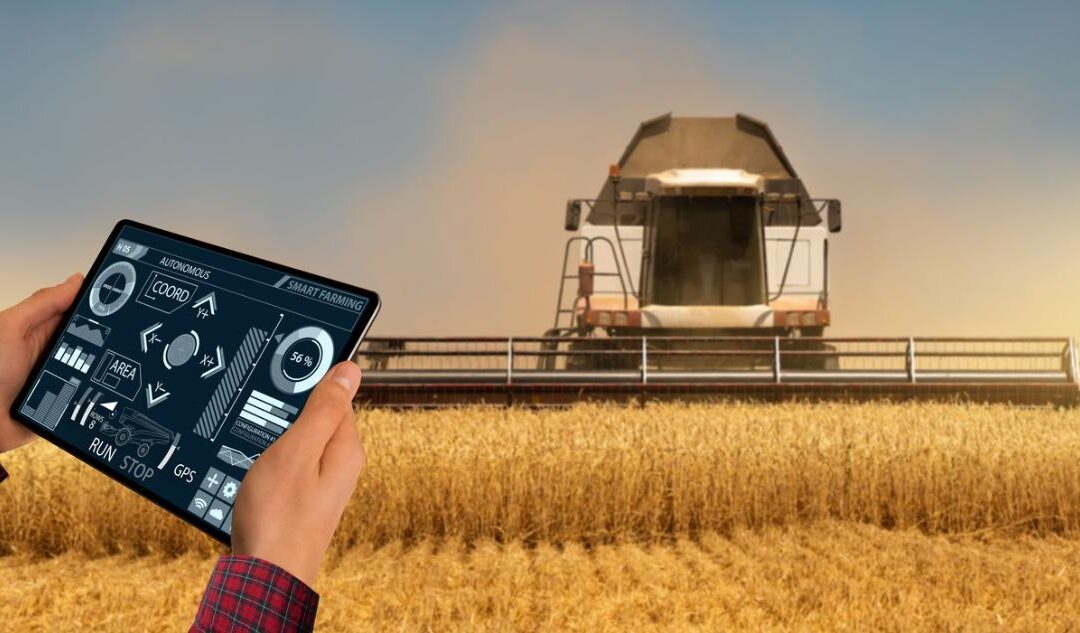Modern agriculture faces growing challenges, from unpredictable weather patterns to the need for sustainable practices. A crop management system is a technological solution designed to address these challenges by helping farmers monitor, plan, and optimise their farming activities for maximum efficiency and yield.
Understanding a Crop Management System
A crop management system is a digital platform or software that integrates various tools and technologies to assist farmers in overseeing their crops’ lifecycle. It consolidates critical information like field conditions, crop performance, and resource usage, enabling informed decision-making. These systems often use advanced technologies such as satellite imagery, IoT devices, and machine learning to provide real-time data and predictive insights.
By centralising key data points, a crop management system simplifies operations, ensuring that every stage of crop production – from planting to harvesting – is efficiently managed.
How Does it Work?
1. Data Collection and Integration
The system collects data from multiple sources, including soil sensors, weather stations, drones, and farm equipment. This data provides a comprehensive view of field conditions, crop health, and environmental factors.
2. Analysis and Insights
Using advanced analytics, the system processes the collected data to generate actionable insights. For instance, it might identify areas of a field that require more irrigation or predict pest infestations based on environmental trends.
3. Planning and Decision Support
Farmers can use the insights provided to plan activities like planting schedules, fertiliser applications, and irrigation. Decision-support tools offer recommendations tailored to the specific needs of the farm, ensuring resources are used efficiently.
4. Monitoring and Adjustments
With real-time updates, the system enables ongoing monitoring of crops. Farmers can adjust their strategies dynamically, responding quickly to changes in weather or crop health.
5. Reporting and Compliance
Many systems include reporting tools that help track performance and maintain records for regulatory compliance. These reports can be used to evaluate the success of farming strategies and refine them for future seasons.
Benefits of Using a Crop Management System
- Increased Efficiency: Automates routine tasks, saving time and labour.
- Resource Optimisation: Ensures precise use of water, fertilisers, and pesticides.
- Higher Yields: Improves crop health and productivity through informed decisions.
- Sustainability: Promotes environmentally friendly practices by reducing waste.
Conclusion
A crop management system is a powerful tool for modern agriculture, enabling farmers to embrace precision farming and adapt to evolving challenges. By leveraging data-driven insights, it enhances productivity, reduces costs, and ensures sustainable farming practices, paving the way for a more efficient and resilient agricultural future.
